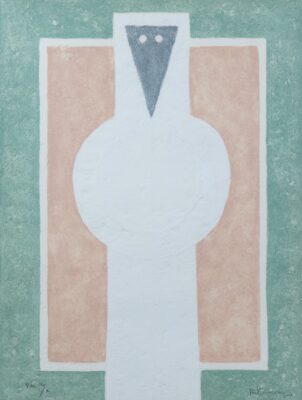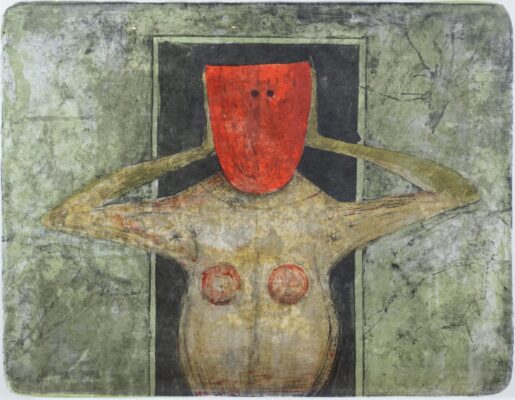Rufino Tamayo
Rufino Tamayo (1899–1991)
The Mexican poet and Nobel laureate Octavio Paz once wrote of Rufino Tamayo:
“If I had to say in one word what distinguishes Tamayo from other painters of our time, I would not hesitate to say the sun… In all his works, whether or not the sun is present, we see light and feel his burning, intense emotion. His paintings are warm.”
Celebrated as the “Light of Mexican Art”, Tamayo was a modern master who made a profound contribution to the development and international recognition of Mexican art. Today, his works are held in the permanent collections of renowned institutions such as the Museum of Modern Art in New York, the Art Institute of Chicago, the Walker Art Center in Minnesota, and the Tate Gallery in London.
At eighteen, Tamayo enrolled at the National School of Fine Arts in Mexico City. However, eager to absorb the essence of modern art, he quickly grew frustrated with the school’s traditional and conservative methods. Disillusioned, he left to pursue his own path of artistic exploration. Later, as head of the Department of Ethnographic Drawing at the National Museum of Archaeology, History, and Ethnology, he was profoundly influenced by ancient sculpture and folk art—works that embodied simplicity, beauty, and strong cultural identity. These deeply impacted his artistic vision.
Unlike many of his contemporaries in the Mexican art world, Tamayo’s works did not focus on themes of political struggle or the tragic fate of the Mexican people. Instead, he turned to form and symbolism, blending Mexican motifs with Cubism and Surrealism. This divergence led some to accuse him of being a “traitor” to Mexico’s political cause. In response, Tamayo chose exile, moving first to New York and later spending time in Paris, seeking the freedom to express his artistic ideas.
Tamayo mastered diverse media, including murals, paintings, drawings, and printmaking techniques such as woodcuts, lithographs, etchings, and later, Mixografia. Throughout his career, he sought new ways to bring depth and texture to his works—experimenting with color, form, and unconventional materials such as sand.
In 1973, working with printmaker Luis Remba at Taller de Gráfica Mexicana, Tamayo co-created a groundbreaking printmaking process called Mixografia. By using paper pulp combined with three-dimensional textures, the technique produced relief-like effects that perfectly suited his desire for a tactile, sculptural surface.
In 1974, Tamayo donated a large collection of works to his hometown Oaxaca, founding the Rufino Tamayo Museum of Pre-Hispanic Art. Seven years later, he gifted his international art collection to Mexico City, establishing the Rufino Tamayo Museum of Contemporary Art.
Devoted to Mexico until the end of his life, Rufino Tamayo passed away in Mexico City in 1991 at the age of ninety-one. Like the sun, he radiated warmth, and through his passion for painting and unwavering love for his homeland, he built both a legendary artistic career and a lasting cultural legacy for Mexico.
Current & Recent Exhibition
Artworks

白色的人
Personaje Blanco
蝕刻、細點腐蝕、金剛砂、水彩紙
Etching and Aquatint in Colors with Carborundum on Guarro Paper
73.5 x 56 cm, 1976
Price on Request

紅色面具
Máscara Roja, from Mujeres
石版畫 (法國麗芙版畫紙)
Lithograph in Colors on Rives BFK Paper
53.5 x 70 cm, 1969
Price on Request



 中文
中文